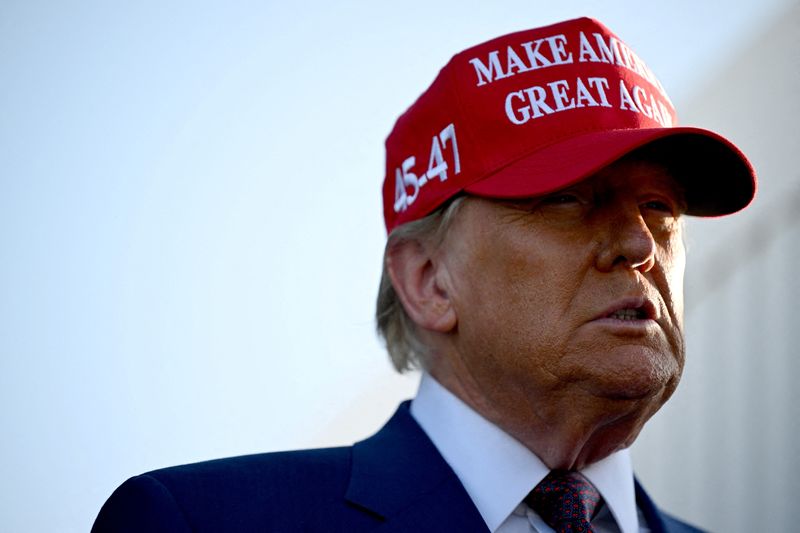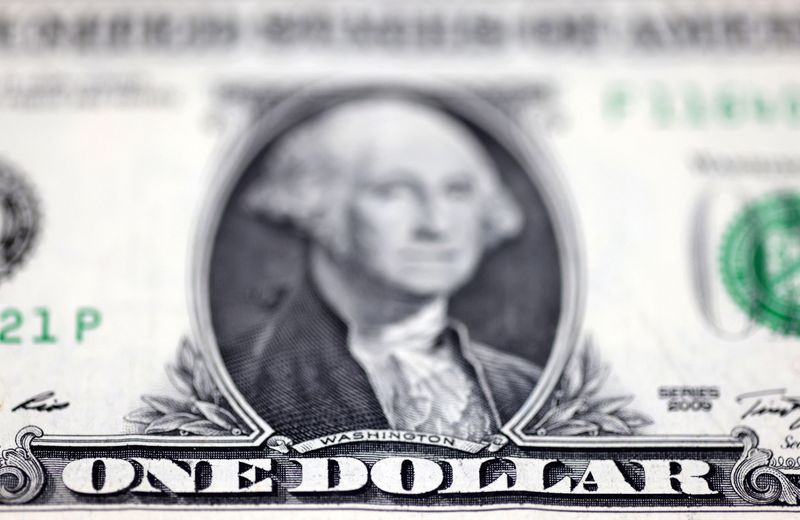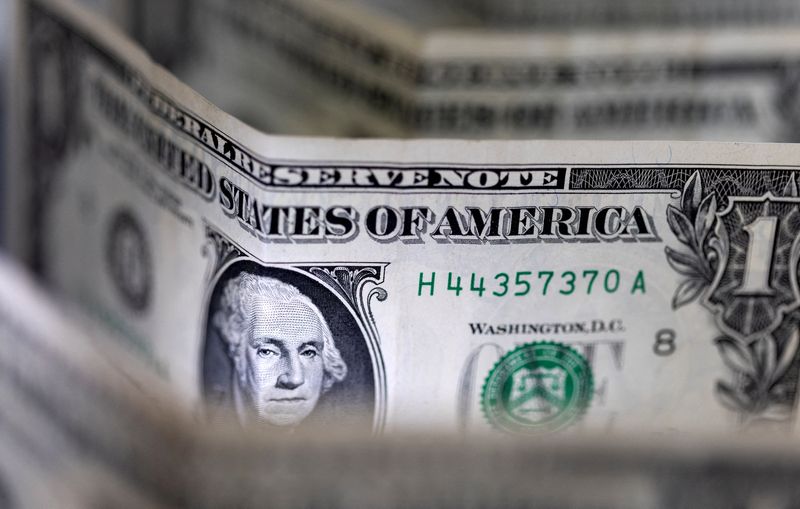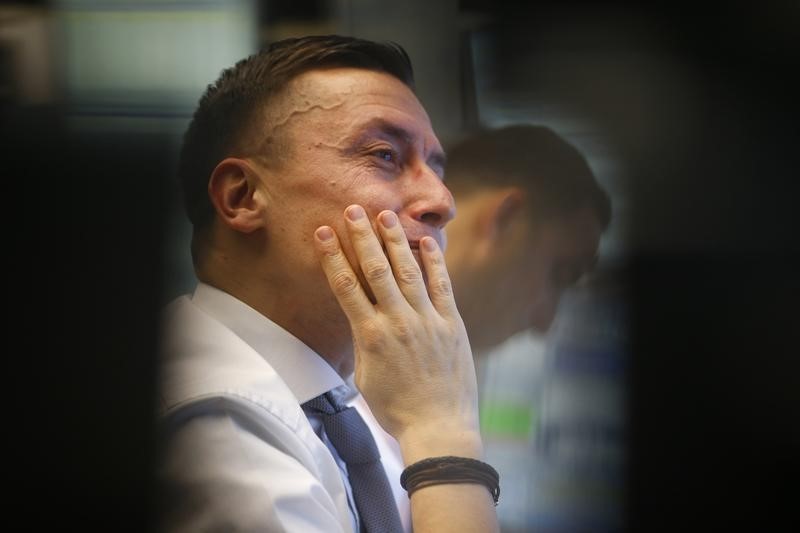Dollar rises after Trump tariff vows jolts Canada and Mexico

By Ankur Banerjee and Harry Robertson
SINGAPORE/LONDON (Reuters) – The U.S. dollar rose on Tuesday after President-elect Donald Trump said he would impose tariffs on products coming into the United States from Mexico, Canada and China, as investors braced for policies that could set the stage for trade spats.
In an initial knee-jerk reaction to Trump’s comments, the dollar jumped more than 2% against the Mexican peso and hit a four-and-a-half-year high against its Canadian counterpart.
The U.S. currency also rose to its highest since July 30 against China’s yuan. Other currencies also fell against the dollar but the moves had moderated by early trading in Europe.
The dollar has been on the back foot over the past couple of days as U.S. Treasury markets cheered Trump’s pick of hedge fund manager Scott Bessent as U.S. Treasury Secretary, causing government bonds to rally and yields to fall, weighing on the U.S. currency.
Yet Trump halted that momentum when he said that on his first day in office, he would impose a 25% tariff on all products from Mexico and Canada.
On China, the president-elect said Beijing was not taking strong enough action to curb the export of ingredients used in illicit drugs, floating an “an additional 10% tariff, above any additional tariffs, on all of their many products coming into the United States of America”.
“I think we had a perfect example last night of why volatility is more likely under Trump,” said Jane Foley, head of FX strategy at Rabobank.
“He can just put out a comment like that outside of usual U.S. market hours that takes people by surprise. It leaves investors, everybody scrambling to work out what this really means.”
Currencies bounced around as markets digested Trump’s comments, with the U.S. dollar index last at 106.86, having earlier risen as high as 107.55. The euro fell around 0.3% but was last up 0.2% at $1.0515.
The dollar stood 0.83% higher against Canada’s dollar at C$1.4102, after earlier rising to its highest since mid-2020 at C$1.4178. It was 1.3% higher against Mexico’s peso at 20.54 per dollar.
Ben Bennett, Asia-Pacific investment strategist at Legal And General Investment Management, said investors have so far focused on market-positive Trump policies like tax cuts and deregulation, but that it is arguably quicker for him to implement more challenging policies such as higher tariffs.
“This announcement serves as a wake up call,” he said. “Tariffs should be good for the U.S. dollar and bad for currencies that are being tariffed as trade balances shift, but I’m not sure Trump’s government will be happy to let that trade accelerate.”
The Australian dollar sank to a more than three-month low of $0.6434 in early Asian trading and was last down 0.22% at $0.649. The Aussie is often sold as a liquid proxy for the yuan given China is Australia’s biggest trading partner.
Some analysts said tariff threats could be seen as a negotiating tactic.
“The silver lining to this is that instead of an ideologically driven tariff scenario, where there is little to be done to avoid a major second trade war, as long as there is room for negotiation there is a possibility for a less damaging outcome,” said Lynn Song, chief economist for Greater China at ING.
The yen was trading 0.1% higher at 154.03 a dollar. Sterling was little changed at $1.2569.
Turning to cryptocurrencies, bitcoin was trading at $93,651, well below the record high of $99,830 it touched last week.
Bitcoin met profit-taking ahead of the symbolic $100,000 barrier, having climbed more than 40% since the U.S. election on expectations Trump will loosen the regulatory environment for cryptocurrencies.







